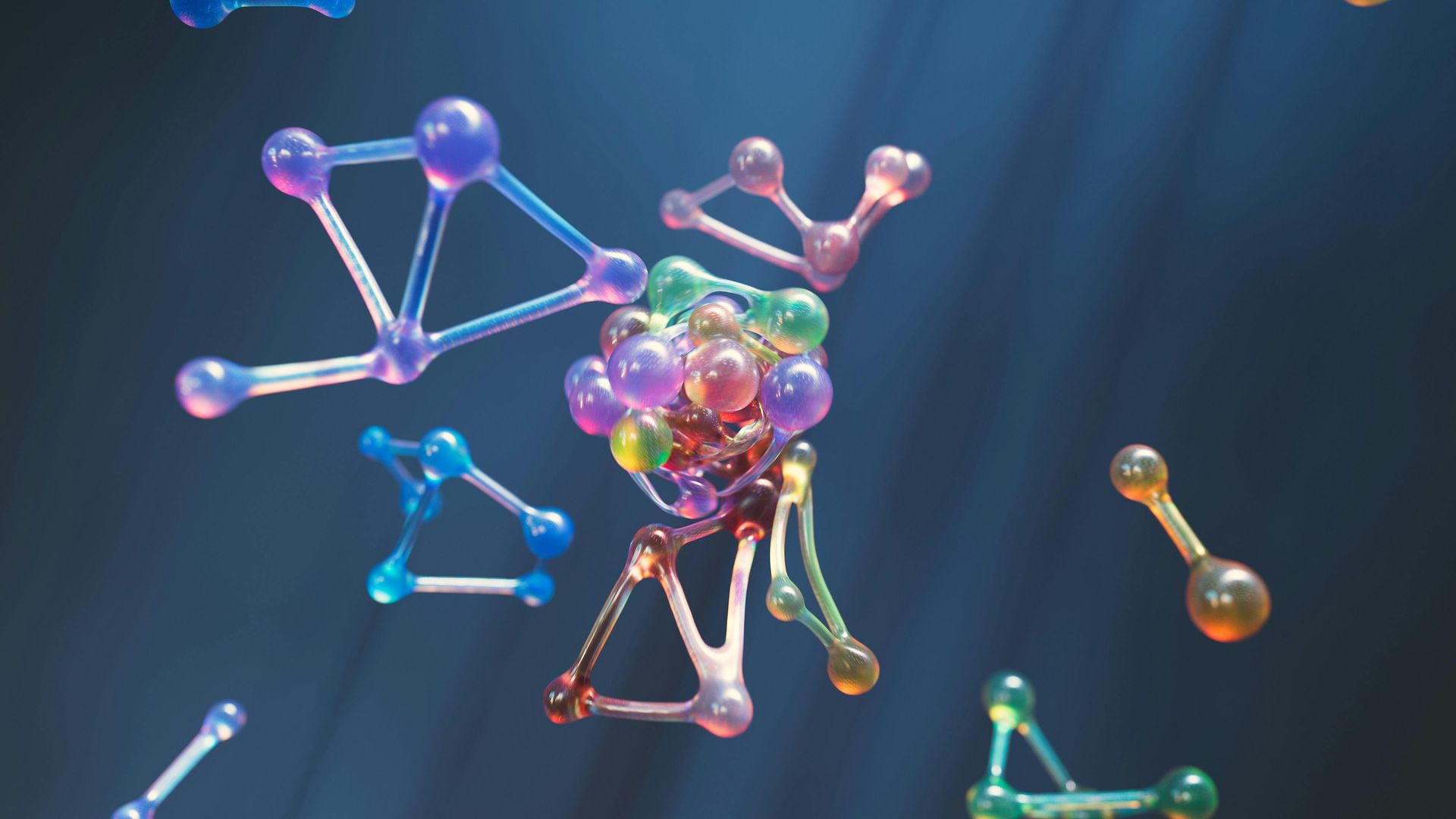Graphite Production Gets a Makeover.
Texas A&M University's Artie McFerrin Department of Chemical Engineering is collaborating with the U.S. Department of Energy’s Advanced Research Projects Agency-Energy (ARPA-E) on a groundbreaking project to improve how petroleum coke is processed. This nearly $3 million initiative, spanning three years, aims to convert petroleum coke into graphite for use in energy storage systems.
The new approach relies on catalytic graphitization—a technique that produces graphite at lower temperatures and in less time than traditional methods. This innovation could significantly reduce emissions, costs, and processing time compared to current synthetic graphite production.
Led by Associate Department Head Dr. Micah Green and Associate Professor Dr. Faruque Hasan, alongside the National Energy Technology Laboratory, the team is part of ARPA-E’s VISION OPEN program. This program funds projects that seek transformative advances in various energy sectors, including nuclear fusion, energy grids, and chemical and fuel development.
Petroleum coke, a byproduct of refining crude oil, can be transformed into graphite using a lengthy and high-temperature process. The team’s new method replaces this with a more efficient, catalyst-driven process that could provide a domestic source of graphite—especially valuable for applications like lithium-ion batteries.
“We’re rethinking the process,” said Dr. Green. “By using catalysts, we aim to create high-quality synthetic graphite from petroleum coke, helping to reduce dependence on imported graphite.”
Dr. Hasan highlighted that the process not only creates value but also cuts emissions. Graphite’s key role in battery production makes this development particularly significant.
Traditionally, turning petroleum coke into graphite involves heating it to around 3000 °C over several days, mixing it with iron powder, and heat-treating it further. Dr. Green’s team is currently refining the synthesis process and exploring how to scale it up for industrial use. They’ve already demonstrated proof-of-concept at the lab level.
Meanwhile, Dr. Hasan’s group is evaluating the process through modeling and simulation, examining its cost-effectiveness, environmental impact, and potential for reducing greenhouse gas emissions. The goal is to identify the best design and operating conditions for scaling the technology efficiently.
Once lab-scale success is validated, Oxbow Carbon, the project’s industry partner, will run pilot-scale operations to assess the feasibility of scaling up to commercial production.








